Growing up in my Lola's kitchen in Bataan, I watched her transform humble ox tripe into this magnificent Filipino-Spanish Callos that would always steal the show at friends and family gatherings.
The first time I made this callos recipe myself, the rich aroma of paprika-spiced tomato sauce and chorizo brought me right back to those lunches, where we'd fight over the last spoonful of that collagen-rich sauce.
While this hearty tripe stew might take a few hours to make, seeing your friends and family's eyes light up as they soak their rice in that velvety sauce makes it absolutely worth it.
I'll walk you through every step of creating this heritage dish that's been gracing Filipino tables for generations, from properly cleaning the tripe (tuwalya) to achieving that perfect melt-in-your-mouth texture that makes Callos so irresistible.
What is Callos?
Callos is a Filipino-Spanish ox tripe stew where offal transforms into tender, succulent morsels swimming in a paprika-tinged tomato sauce, enriched with smoky chorizo, tender garbanzos, and crisp bell peppers, a testament to Filipino cuisine's masterful blend of humble ingredients and colonial influences.
Jump to:
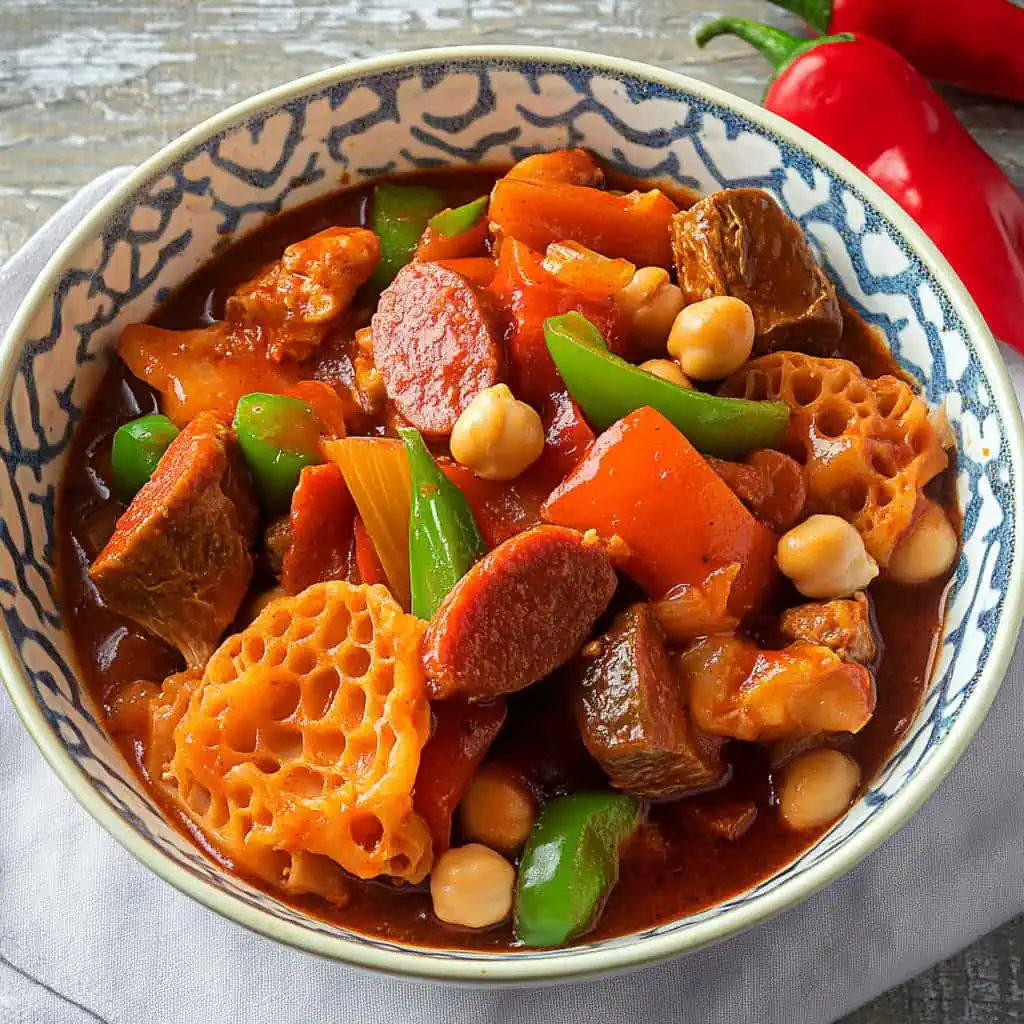
Why You'll Love This Recipe
- Rich, Collagen-filled Broth: The slow-cooking process extracts all the goodness from the ox feet
- Complex Flavors: Smoky chorizo, sweet paprika, and savory tripe create layers of flavor
- Make-Ahead Friendly: Tastes even better the next day
- Budget-Friendly: Transforms affordable cuts into a gourmet dish
- Restaurant Quality: Master this heritage recipe at home
Ingredients
This Filipino-Spanish Callos recipe uses honeycomb tripe and ox feet as its foundation because they release rich collagen during slow cooking, creating that luxurious, velvety texture that defines great Callos.
The combination of chorizo de Bilbao and bacon adds a smoky depth, while paprika brings authentic Spanish flavor and beautiful color. Garbanzo beans provide hearty substance and absorb the savory sauce beautifully. Fresh bell peppers and green peas add pops of color, texture, and sweetness to balance the richness.
Each ingredient plays an essential role in creating the perfect balance of flavors and textures in this heritage dish, reflecting both its Spanish origins and Filipino adaptations.

For Cleaning the Tripe:
- 1 pound honeycomb tripe (tuwalya)
- ¼ cup vinegar
- 3 tablespoons rock salt
- Water
For the Stew Base:
- 2 pounds ox feet (pata), cut into pieces
- 1 onion, quartered
- 4 cloves garlic, crushed
- 1 teaspoon peppercorns
- 2 bay leaves
For the Sauce:
- 3 strips bacon, chopped
- 1 onion, chopped
- 4 cloves garlic, minced
- 2 pieces Thai chili peppers
- 5 ounces Chorizo de Bilbao, sliced
- 1 tablespoon paprika
- 1 cup tomato sauce
- 3 cups beef broth
- 1 cup garbanzo beans
- ½ red bell pepper
- ½ green bell pepper
- ½ cup green peas
- Salt and pepper to taste
Equipment
- Large heavy-bottom pot: Ensures even heat distribution and prevents scorching of the sauce
- Sharp knife: For precise cutting of tripe, chorizo, and vegetables
- Colander: Essential for washing and draining the tripe thoroughly
- Cutting board: Provides a clean, stable surface for preparation work
- Measuring cups and spoons: For accurate ingredient portions
- Kitchen timer: Helps track the long cooking times
- Pressure Cooker/Instant Pot (Optional): Can reduce cooking time significantly for busy days
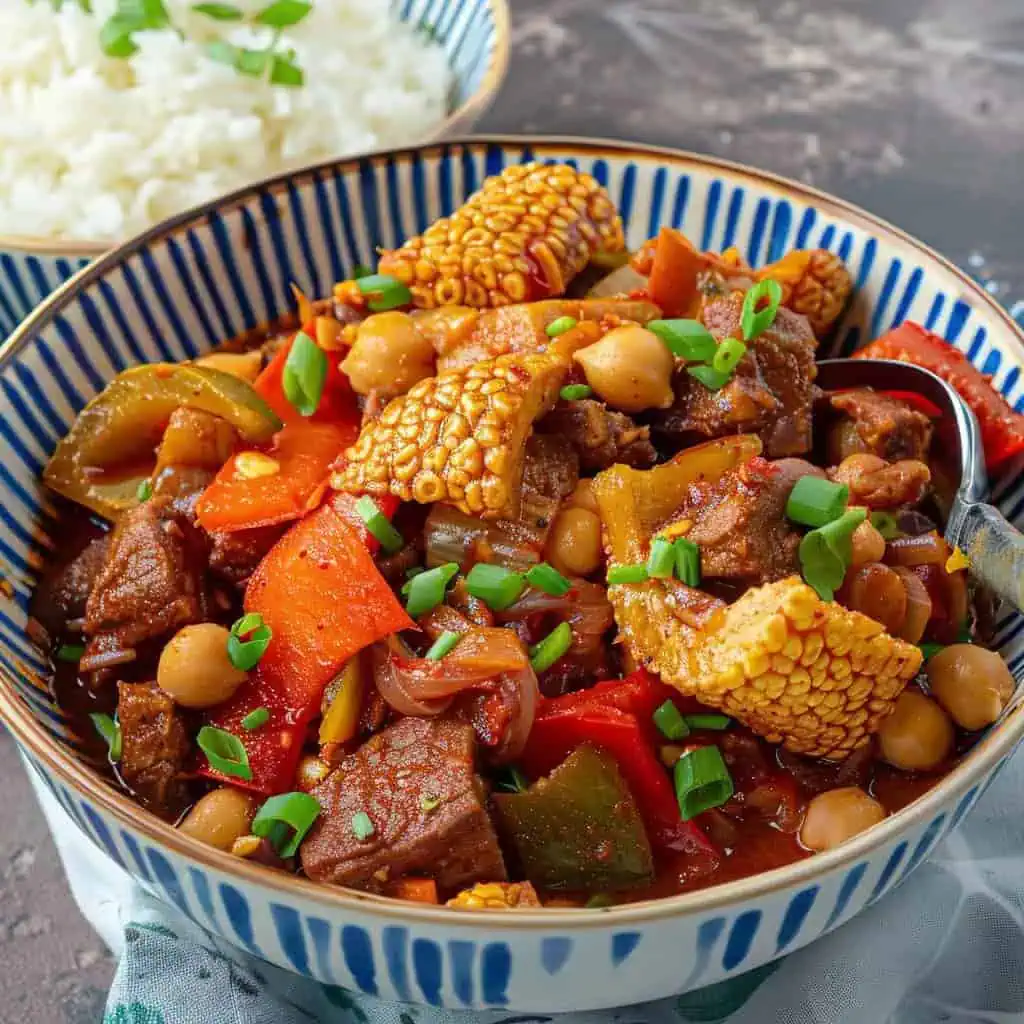
How To Make
- Begin by cleaning the tripe. Remove the yellowish fat and loose membrane. Create a cleaning solution with cold water, vinegar, and rock salt. Soak the tripe in this solution for 1 hour. Rinse thoroughly under cold running water.
- Prepare the meat. Place the cleaned tripe and ox feet in a large pot with water. Boil for 10-15 minutes, then discard the water and rinse the meat thoroughly.
- Cook until tender. Return the meat to the pot. Add fresh water along with quartered onion, crushed garlic cloves, peppercorns, and bay leaves. Once boiling, reduce to low heat and simmer for 1.5-2 hours until tender.
- Prepare the sauce. Heat a separate pan to medium heat. Cook chopped bacon until the fat renders. Add chopped onion, minced garlic, and Thai chili peppers. Sauté until fragrant. Add sliced Chorizo de Bilbao and brown slightly. Stir in paprika and tomato sauce.
- Combine everything. Once the meat is tender, combine it with the sauce mixture. Add beef broth and garbanzo beans. Simmer until the sauce begins to thicken. Add bell peppers and green peas. Cook until the vegetables are tender-crisp but still vibrant. Season with salt and pepper to taste.
- Let it rest. Allow the stew to rest for 30 minutes before serving to allow the flavors to meld together. Serve hot with steaming white rice.

Tips from Lola's Kitchen
To remove tripe odor:
- Scrub with calamansi or lemon before the vinegar soak for extra freshness
- The double-boil method (boil, discard water, boil again) is essential for clean flavor
- Never skip the vinegar soak—this breaks down remaining impurities
- Adding a tablespoon of baking soda to the cleaning solution can help neutralize strong odors
For tender meat:
- Never boil on high heat after the initial cleaning—gentle simmering is key
- Maintain a consistent low temperature throughout cooking
- Check tenderness with a fork—it should pierce easily but the meat shouldn't fall apart
- Patience is crucial—rushing this step will result in tough, chewy tripe
For flavorful sauce:
- Toast paprika briefly in the oil to release its essential oils before adding liquid
- Use high-quality chorizo for that authentic flavor—it makes a significant difference
- Let the stew rest for at least 30 minutes before serving—this allows flavors to harmonize
- Consider making this a day ahead for even more developed flavors
Substitutions
- Chorizo: If Chorizo de Bilbao is unavailable, use Spanish-style chorizo or even Filipino longganisa (though the flavor profile will be slightly different)
- Ox feet: Beef shanks or beef tendon make excellent alternatives with similar collagen content
- Garbanzo beans: White beans can substitute in a pinch
- Fresh chilies: Dried chili flakes work well (start with 1 teaspoon and adjust to taste)
- Tomato sauce: Crushed tomatoes plus 1 teaspoon sugar can replace tomato sauce
- Honeycomb tripe: While not ideal, beef tongue or pork belly can be used for those who don't enjoy tripe
Troubleshooting
Tough Tripe:
- Continue cooking on low heat—some tripe may need up to 3 hours to fully tenderize
- Add hot water as needed to maintain liquid level
- For stubborn tripe, add ¼ cup vinegar to the cooking liquid
Thin Sauce:
- Simmer uncovered for 15-20 minutes, stirring occasionally
- Cook until desired thickness is achieved
- For quicker thickening, make a slurry with 1 tablespoon cornstarch and 2 tablespoons water
Too Spicy:
- Add ¼ cup coconut milk to mellow the heat
- Increase the proportion of beans or vegetables
- Serve with extra rice or crusty bread to balance the spice
Greasy Surface:
- Refrigerate overnight and remove solidified fat from the top
- Skim surface with paper towels to absorb excess oil
- Use leaner chorizo next time
Storage & Reheating
- Refrigerator: Store in an airtight container for 3-4 days
- Freezer: Freeze for up to 3 months in freezer-safe containers
- Thawing: Thaw overnight in the refrigerator for best results
- Reheating: Warm gently on the stovetop at medium-low heat, stirring occasionally
- Moisture: Add beef broth or water if needed when reheating as the sauce thickens when stored
- Doneness: Ensure internal temperature reaches 165°F/74°C for food safety

FAQ
Can I make this in an Instant Pot or pressure cooker?
Yes! Pressure cook the tripe and ox feet for 45-50 minutes after the initial cleaning step. Then follow the remaining instructions as written, using the sauté function for the sauce.
How do I know when the tripe is done?
Perfectly cooked tripe should be tender but still have a slight chew—it shouldn't be mushy. If you can easily cut it with the side of a fork, it's ready.
Can I make this ahead for a party?
Absolutely! Callos actually tastes better the next day as the flavors have more time to develop. Simply reheat gently before serving.
Is this dish spicy?
It's moderately spicy with the Thai chilies. Adjust the amount according to your heat preference—omit them entirely for a mild version or add more for extra kick.
What's the best cut of tripe to use?
Honeycomb tripe (also called blanket tripe) is ideal for its texture and ability to hold sauce. Other types will work but may require different cooking times.
How can I make this dish more economical?
If ox feet are expensive in your area, substitute with beef bones or beef shank. The key is to include something that will provide collagen for that rich mouthfeel.
What can I serve with Callos?
Traditional accompaniments include steamed rice, crusty bread for sauce-sopping, a simple green salad, or pickled vegetables (atchara) for brightness.
Can I use canned garbanzos?
Yes! Drain and rinse them well before adding to the stew. Add them in the last 30 minutes of cooking to prevent them from becoming mushy.
Related
Looking for other recipes like this? Try these:

Flipino-Spanish Callos (Ox Tripe Stew)
Equipment
- Large heavy-bottom pot (for even heat distribution and preventing scorching)
- Sharp knife (kutsilyo) (para sa maayos na pagputol/for precise cutting)
- Colander (salaan) (panghugas at pansala/for washing and draining)
- Cutting board (Sangkalan)
- Measuring cups and spoons (Panukat)
- Kitchen Timer
- Pressure Cooker/Instant Pot (Optional) (para mapabilis ang pagluluto/to speed up cooking)
Ingredients
For Cleaning the Tripe
- 1 pound honeycomb tripe tuwalya
- ¼ cup vinegar suka
- 3 tablespoons rock salt asin
- Water
For the Stew Base
- 2 pounds ox feet pata, cut into pieces
- 1 onion quartered (sibuyas)
- 4 cloves garlic crushed (bawang)
- 1 teaspoon peppercorns paminta
- 2 bay leaves dahon ng laurel
For the Sauce
- 3 strips bacon chopped
- 1 onion chopped
- 4 cloves garlic minced
- 2 pieces Thai chili peppers siling labuyo
- 5 ounces Chorizo de Bilbao sliced
- 1 tablespoon paprika
- 1 cup tomato sauce
- 3 cups beef broth
- 1 cup garbanzo beans garbanzos
- ½ red bell pepper pamintang pula
- ½ green bell pepper pamintang berde
- ½ cup green peas gisantes
- Salt and pepper to taste
Instructions
- Begin by cleaning 1 pound of honeycomb tripe (tuwalya). Remove the yellowish fat and loose membrane. Create a cleaning solution with cold water, ¼ cup vinegar (suka), and 3 tablespoons rock salt (asin). Soak the tripe in this solution for 1 hour. Rinse thoroughly under cold running water.
- Place the cleaned tripe and 2 pounds of ox feet (pata) in a large pot with water at high heat (100°C/212°F). Boil for 10-15 minutes, then discard the water and rinse the meat thoroughly.
- Return the meat to the pot at medium-high heat (190°C/375°F). Add fresh water along with 1 quartered onion (sibuyas), 4 crushed garlic cloves (bawang), 1 teaspoon peppercorns (paminta), and 2 bay leaves (dahon ng laurel). Once boiling, reduce to low heat (160°C/320°F) and simmer for 1.5-2 hours until tender.
- While the meat cooks, prepare the sauce. Heat a separate pan to medium heat (175°C/350°F). Cook 3 strips of chopped bacon until the fat renders. Add 1 chopped onion, 4 minced garlic cloves, and 2 Thai chili peppers (siling labuyo). Sauté until fragrant. Add 5 ounces of sliced Chorizo de Bilbao and brown slightly. Stir in 1 tablespoon paprika and 1 cup tomato sauce.
- Once the meat is tender, combine it with the sauce mixture at medium-low heat (165°C/330°F). Add 3 cups beef broth and 1 cup garbanzo beans (garbanzos). Simmer until the sauce begins to thicken. Add ½ red bell pepper (pamintang pula), ½ green bell pepper (pamintang berde), and ½ cup green peas (gisantes). Cook until the vegetables are tender-crisp but still vibrant. Season with salt and pepper to taste.
- Let the stew rest for 30 minutes before serving to allow the flavors to meld together. Serve hot with steaming white rice (kanin).
Tips from Lola's Kitchen
- Para mawala ang amoy ng goto (To remove tripe odor):
- Scrub with calamansi or lemon
- Double-boil method is essential
- Never skip the vinegar soak
- Para lumambot ang karne (For tender meat):
- Never boil on high heat after the initial cleaning
- Keep liquid at a gentle simmer
- Check tenderness with a fork
- Para sa masarap na sarsa (For flavorful sauce):
- Toast paprika briefly to release oils
- Use high-quality chorizo
- Let stew rest for 30 minutes before serving
Nutrition
The Story Behind Callos (Ox Tripe Stew)
Growing up Filipino means inheriting a treasure trove of recipes that tell stories of our colonial past, and Callos stands proudly as one of these culinary masterpieces. This hearty ox tripe stew, known locally as "tuwalya" stew, traces its roots to Madrid's bustling taverns, where it was born as Callos a la Madrileña before finding its way to Philippine shores during the Spanish colonial period.
In the cobblestone streets of 19th-century Madrid, Callos started as a humble worker's meal, where resourceful cooks transformed affordable offal cuts into a dish worthy of nobility. When Spanish galleons sailed to Manila, they brought not just spices and textiles, but this remarkable recipe that would soon adapt to Filipino tastes and ingredients. Our local version embraces the original's use of tripe and ox feet but adds a distinctly Filipino touch with our love for rich, sauce-heavy dishes perfect for kanin (rice).
What makes Filipino Callos uniquely ours is how we've mastered the art of tenderizing the tripe to perfection, a technique passed down through generations of home cooks. The addition of chorizo de Bilbao, a Spanish sausage that's become a Filipino pantry staple, adds that signature smokiness that sets our version apart. Many Filipinos remember this dish from special occasions - from fiestas to Noche Buena - where the rich, collagen-filled sauce would always be the first to disappear from the table.
Today, this dish continues to bridge generations, with modern Filipino cooks discovering the joy of slow-cooking and the reward of transforming humble ingredients into something extraordinary. Whether served in Manila's most prestigious Spanish restaurants or lovingly prepared in home kitchens across the country, Callos remains a testament to our rich culinary heritage and the enduring influence of Spanish cuisine on Filipino food culture.
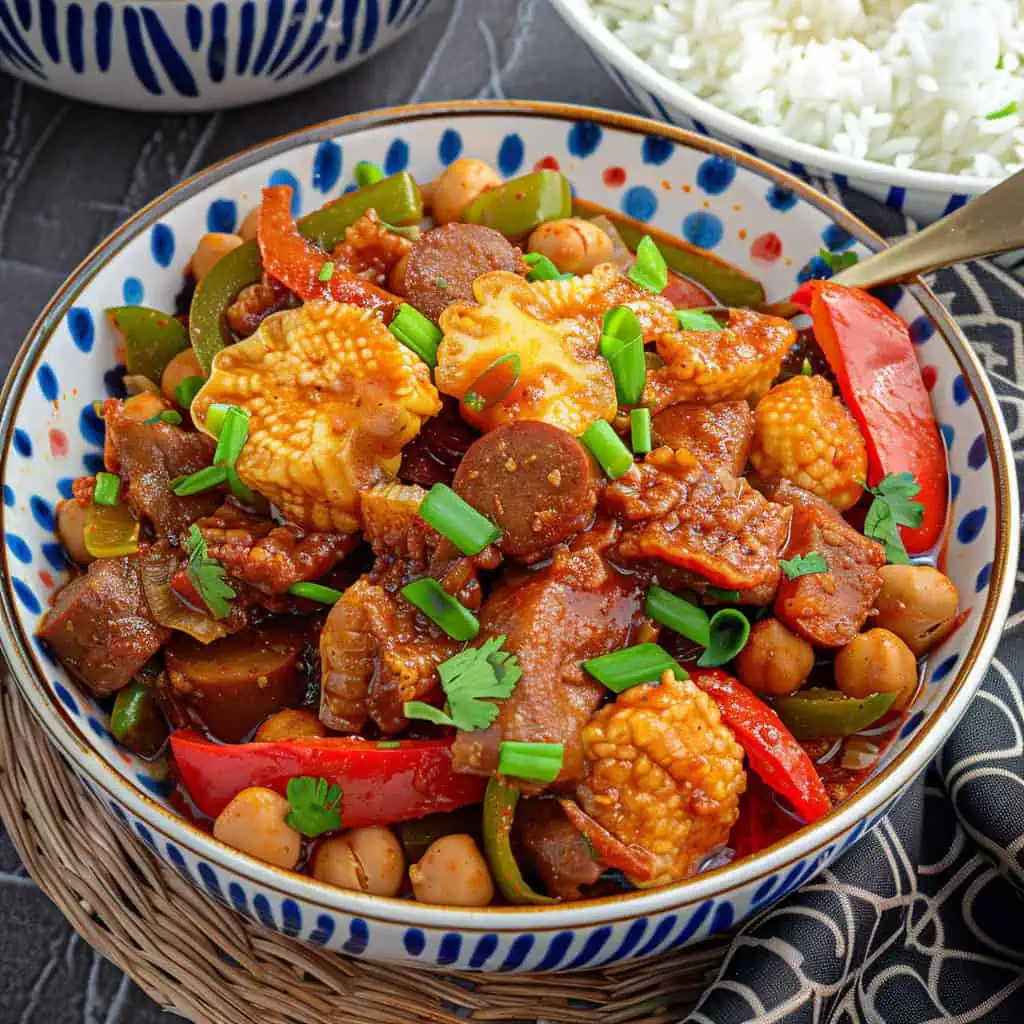






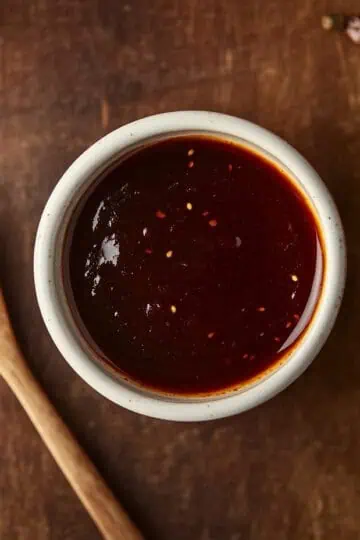
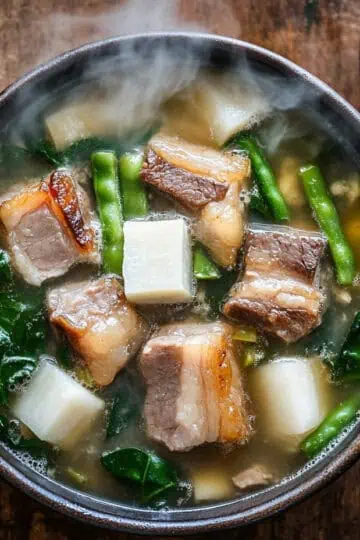
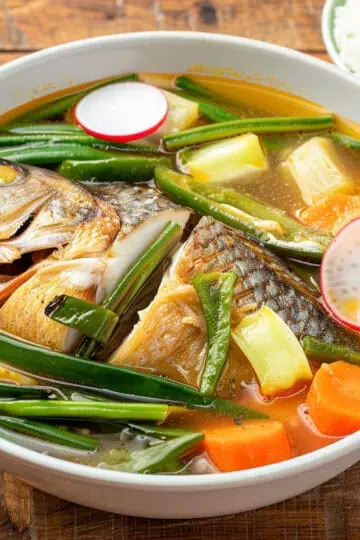
Comments
No Comments